‘On Saturday,’ says Norman Ackroyd, gesturing to a large etching of Hambleton in Winter that hangs above his worktop, ‘we walked right along that ridge. Right above the White Horse, on top of Roulston Scar, looking down on Boar’s Gill. Wonderful, wonderful autumn day: sunshine and mist. I thought to myself: “These are the blue remembered hills of my childhood.”’
The bold colours of that late November afternoon in Yorkshire are fresh in my mind, too, when I meet Ackroyd in his London studio. We had both travelled north for the opening weekend of the artist’s latest exhibition, ‘The Furthest Lands’ (until 24 February 2019), put on by the Yorkshire Sculpture Park in honour of his 80th birthday. With some 75 etchings, and half a dozen watercolours, the show records the extensive voyages Ackroyd has made along the western coastlines of the British Isles, from Shetland in the north, down past the Hebrides and the Atlantic-facing isles off the shore of Ireland, ending far south in the Scillies.
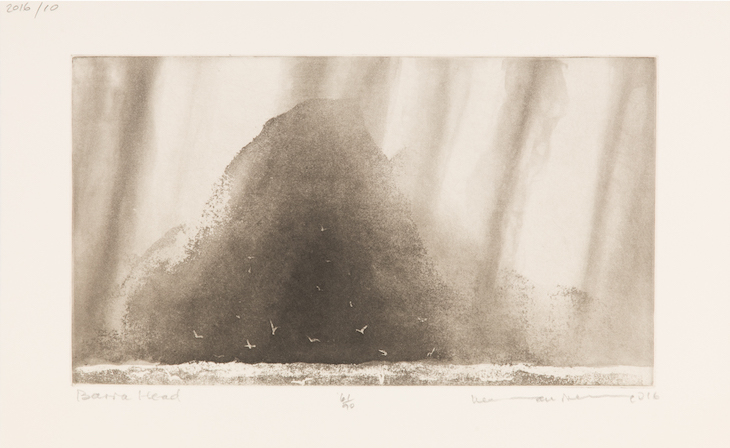
Barra Head (2016), Norman Ackroyd. Courtesy the artist and Yorkshire Sculpture Park
Signs of human presence are often hard to make out in these misty monochrome landscapes. In one picture, seabirds – gannets, perhaps, or kittiwakes – seem to spray up from the ocean as it breaks upon the cliffs of Barra Head, the southernmost point of the Outer Hebrides. In another, shafts of white sunlight rake across the black fog engulfing St Kilda, the furthest extremity of the British and Irish archipelago, far out in the Atlantic. They seem, to me, a far cry from the rolling Hambleton Hills that the artist has just described. However, Ackroyd insists that ‘I’ve always felt like an islander, even in Yorkshire. We live on an archipelago, off the coast of Europe, or even of Asia. We’re the last fringe before the Atlantic. It’s not like being born on the Russian steppe. You’re never too far from the sea here.’
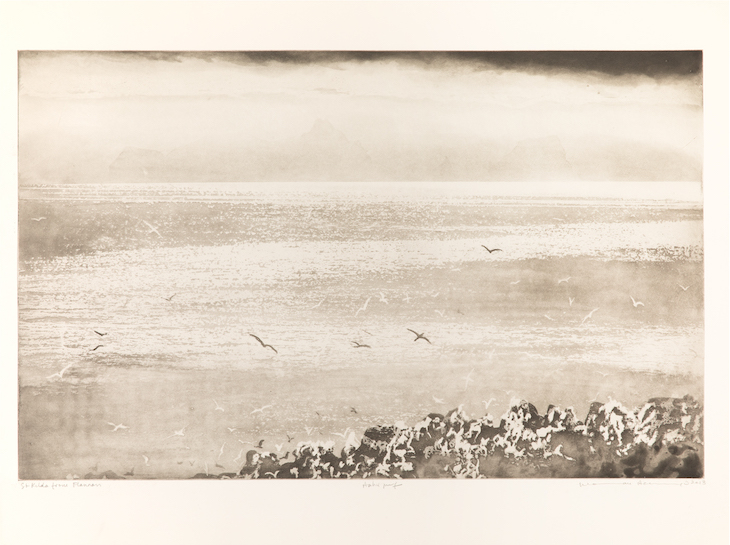
St Kilda from Flannan (2013), Norman Ackroyd. Courtesy the artist and Yorkshire Sculpture Park
Ackroyd’s affinity to the remotest margins of the country is deeply felt. It’s evident in the lyrical way he captures the drama of wind and water that governs these places, setting it down with waxes and acids on copper. It is also clear from his knowledge of, and profound respect for, island communities. On St Kilda, which supported a population of some 50, living on fish and seabird eggs, until the 1930s, Ackroyd says that ‘people really did belong, to the extent that they never left. They were born, lived, worked and died without ever seeing a tree. They belonged in a way that people don’t now belong to anywhere.’
This historical sensibility is something Ackroyd shares with his close friend, the poet Douglas Dunn, with whom the artist produced a collaborative book, A Line in the Water, in 2009. ‘I’ve often spoken with Douglas about “The People Before”,’ he tells me. Dunn’s poem of that name (in Northlight [1988]) evokes a quality of ‘inbetween-ness’ – ‘not now, not then’ – that beautifully captures the strange feeling, when one looks at Ackroyd’s works, that one is peering through the mists of history.
Knowing the history of a place, Ackroyd tells me, is ‘absolutely essential’ to recording it as an image – but the process by which this history manifests itself remains mysterious. It is a kind of alchemy, perhaps, or a type of poetry. ‘What I’m interested in’, says Ackroyd, ‘is making an emotional response, rather than just recording what is there. It’s something, as Yeats might say, that you feel in the marrow-bone […] You know, you only have to draw the empty field at Culloden – and something might get into it, because you know what butchery went on there.’
He describes an etching he once made, as he approached the famous site of the Jacobites’ decisive defeat. ‘I was driving down there, and there was a road sign before we got to Culloden, indicating a sharp bend in the road. I thought, “Really, that’s what the Young Pretender ought to have done – taken a right turn and gotten the hell out of there”’. Such ironies, it seems, are lost on most – after he recorded the experience in aquatint, he tells me: ‘People thought: “Oh, you’ve done an etching of a road sign.” I didn’t bother explaining.’
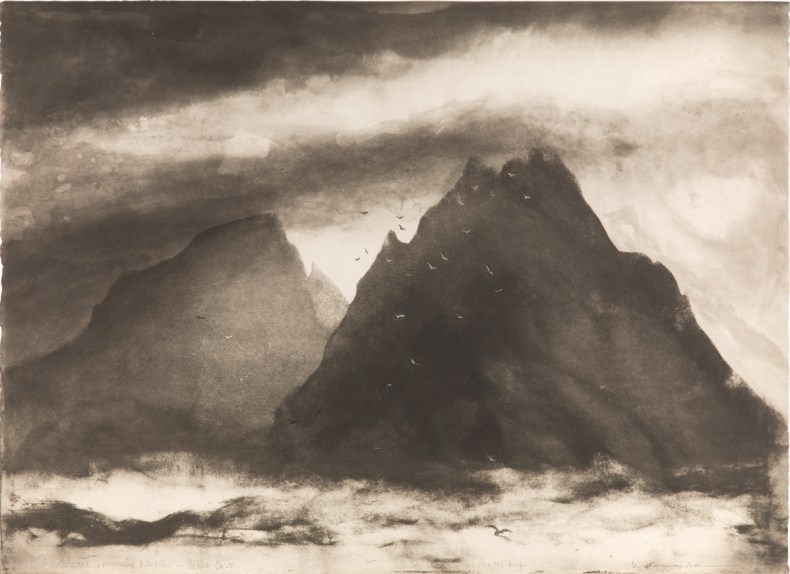
Skellig Michael from the North, Blue Cove (2003), Norman Ackroyd. Courtesy the artist and Yorkshire Sculpture Park
From time to time, as Ackroyd speaks to me, there is a tone of lament for what modernity has lost – for the quality of being rooted in the land from which we have come. Some of the islands he visits, like Skellig Michael off the west coast of Ireland, are turning into what he calls ‘tourist honey traps […] A lot of them are going because they filmed some of the scenes from Star Wars there. You really do despair – here you have an 8th-century monastery in perfect condition, on a stack of rock, ten miles out in the Atlantic […] People are climbing these 1,200-year-old stairs and they don’t even know what they’re going to see […] And they’re not looking at the scene – they’re actually looking at their phones.’
In Ackroyd’s warehouse-studio, with its vast Victorian printing presses, that kind of selfie culture, in which images are instantly captured and just as soon forgotten, seems centuries away. Over the course of his career, Ackroyd has made the laborious medium of aquatint his own. He has worked in this mode of etching for more than six decades, cultivating what he calls ‘a kind of affinity with the waxes and acids’ that has enabled him to achieve effects of fluidity one usually associates more with the application of watercolour to paper than acid to copper plate. It was his etchings that probably secured his place in 1961 at the Royal College of Art, where he studied under Julian Trevelyan; ever since, he has continued to tune his craft to capture the fugitive effects of light and weather.
Etching is an art form, the artist reminds me, that William Blake termed ‘the infernal method by corrosives […] melting apparent surfaces away, and displaying the infinite which was hid’. In the same way that a sonnet is made of 14 lines – ‘we won’t waffle and go on to 16 lines’ – the etcher’s art imposes strict parameters: what Dunn has called ‘the recalcitrant knots’ of any creative medium. ‘You have to confront them’, Ackroyd says, ‘and struggle with them – and then, once you get to a certain stage – they stop opposing you […] Limitations are a kind of freedom.’
I think of the islanders of St Kilda, bound to their few square miles of barren rock, belonging to their world in a way that most of us, perhaps, can never fully know. Does Ackroyd, I wonder, belong to his medium in a similar way? ‘I do, really. I really am as excited about etching now as I ever have been. I’m never happier than when I’m working here. I’m feeling very capable, and I’m really looking forward to the next decade.’
‘Norman Ackroyd: The Furthest Lands’ is at Yorkshire Sculpture Park until 24 February 2019.
Unlimited access from just $16 every 3 months
Subscribe to get unlimited and exclusive access to the top art stories, interviews and exhibition reviews.

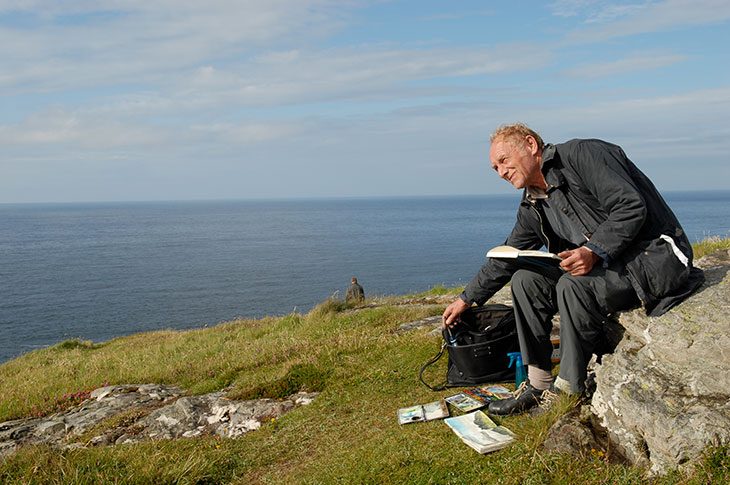
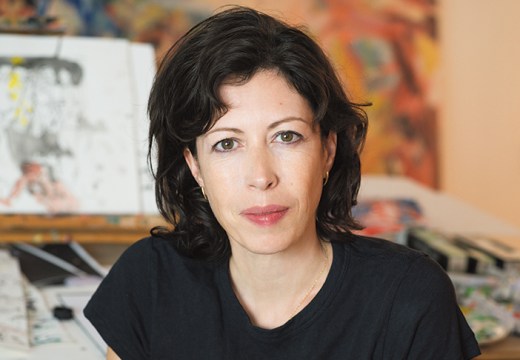
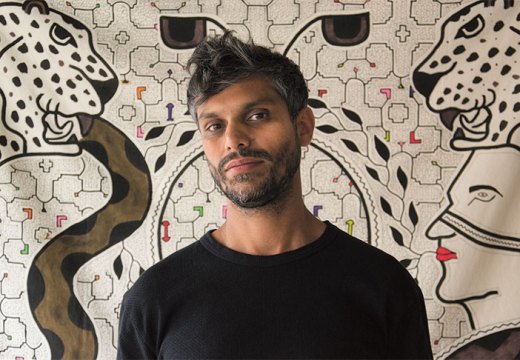
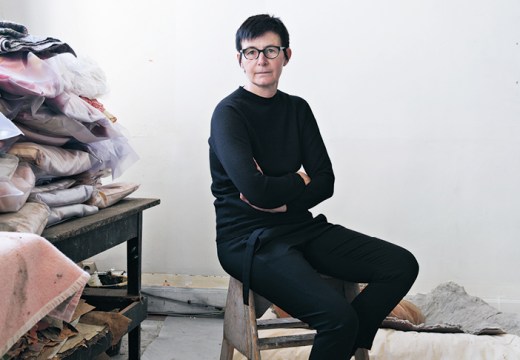









![Masterpiece [Re]discovery 2022. Photo: Ben Fisher Photography, courtesy of Masterpiece London](http://www.apollo-magazine.com/wp-content/uploads/2022/07/MPL2022_4263.jpg)
It’s time for the government of London to return to its rightful home